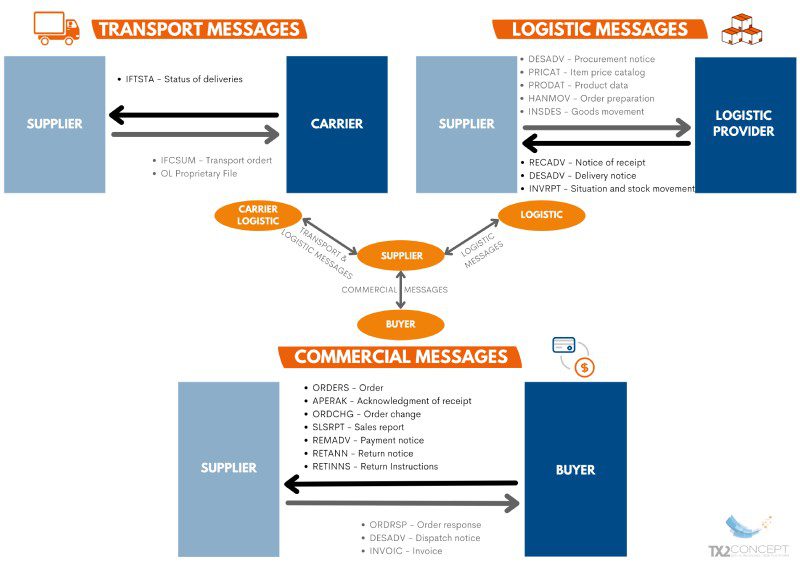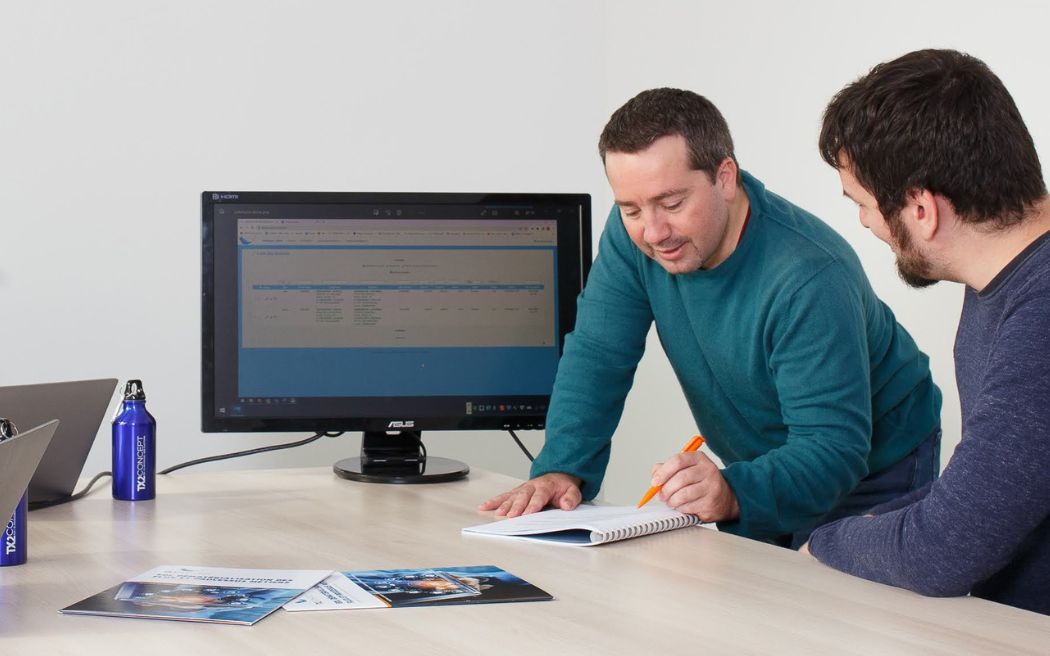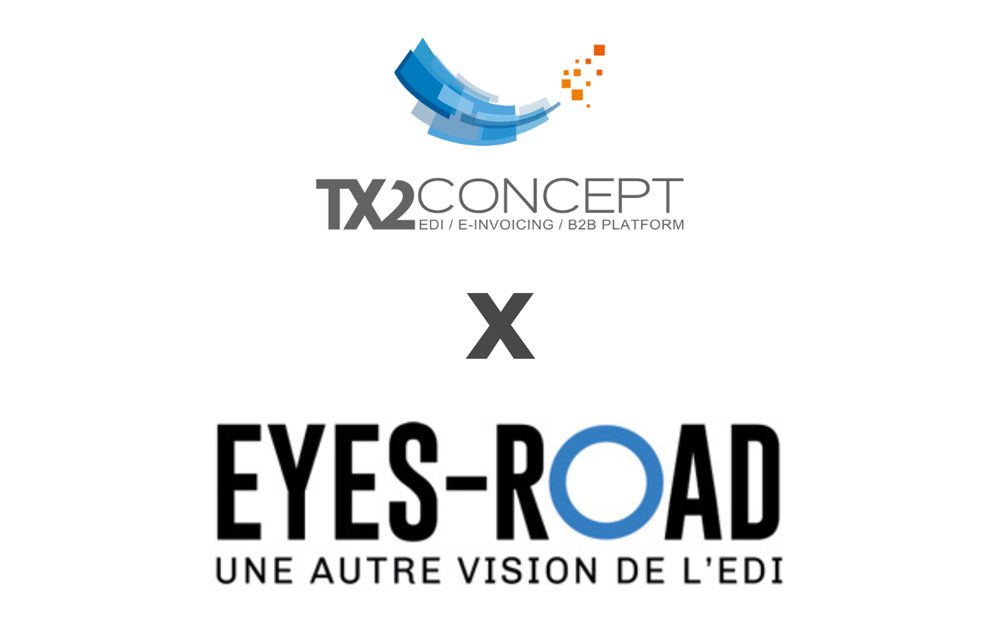Just like players in the automotive sector, retail players have been the pioneers in the use of EDI. Indeed, this technology has been used for more than 30 years in these sectors.
EDI allows retail companies to dematerialize all the documents exchanged with their partners. This solution replaces the manual processes of processing and sending these documents by email, fax or even paper mail, which are time-consuming but also money-consuming.
Retail companies exchange a large volume of documents on a daily basis. EDI allows them to gain in efficiency by reducing order and invoice processing times.
Let’s take a look at how EDI is used in retail
A little reminder about EDI
In general, EDI or Electronic Data Interchange makes it possible to replace documents in paper format with electronic documents. These documents correspond to EDI messages. EDI allows companies to dematerialize their commercial documents such as purchase orders, invoices, despatch advice, etc.
EDI solutions make it possible to integrate these documents directly into the management systems of companies, such as ERP. In order for them to be managed automatically, these messages must respect a standard format. In the retail industry, one of the most widely used standard is EDIFACT.
Example of EDI messages used in retail

The types of EDI messages used in this sector can be classified into 3 categories:
- Commercial messages exchanged between suppliers and buyers (here, retail chains for example);
- Logistics messages exchanged between suppliers and logistics service providers;
- Transport messages exchanged between suppliers and carriers.
Let’s take a closer look at the most used types of commercial messages:
| Type of message | Description |
EDI message – EDIFACT |
|
Purchase order |
Sent by the buyer to its supplier to order goods |
ORDERS |
|
Purchase order response |
Sent by the supplier to the buyer to inform them if the order sent will be conform to the original order |
ORDRSP |
|
Despatch advice |
Sent by the supplier to the buyer to tell him when and how the order will be delivered |
DESADV |
|
Invoice |
Sent by the supplier to the buyer to request payment for the goods ordered |
INVOIC |
|
Remittance advice |
Sent by buyer to supplier to confirm payment |
REMADV |
Let’s also see the main Logistics messages:
|
Type of message |
Description | EDI message – EDIFACT |
|
Procurement Notice |
Sent by the supplier to the logistics provider to notify them of the supply of the warehouse |
DESADV |
|
Delivery notice |
Sent by the logistics provider to the supplier to inform them of the dispatch of the goods |
DESADV |
|
Notice of receipt |
Sent by the logistics provider to the supplier to inform them of the reception of the goods |
RECADV |
|
Movement of goods |
Sent by the supplier to the logistics provider to inform them of the preparation of a new order |
INSDES |
| Situation and movements of stock | Sent by the logistics provider to the supplier to inform them of the stock status of the goods in the warehouse |
INVRPT |
Why is EDI used in retail ?
Retail players, whether on the side of retail brands or suppliers, must be able to manage a large number of orders and deliveries within increasingly tight deadlines. EDI allows the automation of document management processes, which facilitates, accelerates and makes exchanges more reliable.
An order placed by a retail brand can sometimes specify different quantities of goods according to different delivery locations, which complicates the processing of commercial documents. In addition, the volume of documents exchanged is often significant. By multiplying the number of documents by the processing time required for an employee to process them, we quickly see the usefulness of automating this whole process. This is true, both for reasons of saving time and for economic reasons.
For example, the processing linked to the receipt of an invoice costs €10 less in electronic format than in paper format. In sending, the difference is €6.45. Given the number of invoices managed by a company, this can generate considerable gains.
Thanks to EDI Retail, the risk of errors is reduced and processing times are greatly shortened, which brings a certain competitive advantage to companies. Processes that could take several days can be managed electronically in minutes. EDI then allows employees to focus on tasks with higher added value.
TX2 CONCEPT solutions for retail
At TX2 CONCEPT, we have been experts in EDI since 1991. We have supported a large number of retail companies in the implementation of EDI solutions.
We offer different solutions specific to this sector:
- An EDI solution integrated into your ERP / GESCOM, in SaaS or in license
- A Web EDI portal certified by GS1 France
- An electronic invoicing solution: As part of the obligations on electronic invoicing in France, be aware that TX2 CONCEPT is positioned as a PDP. Our solution will therefore allow you to meet all the legal constraints that will come into force between 2026 and 2027.
- An electronic catalogue certified by GS1 France.
We have a team dedicated to the retail sector. You will therefore be supported and advised by experts specialized in your sector.
Do not hesitate to contact us or to schedule a call so that we can discuss your project.
Book a call
